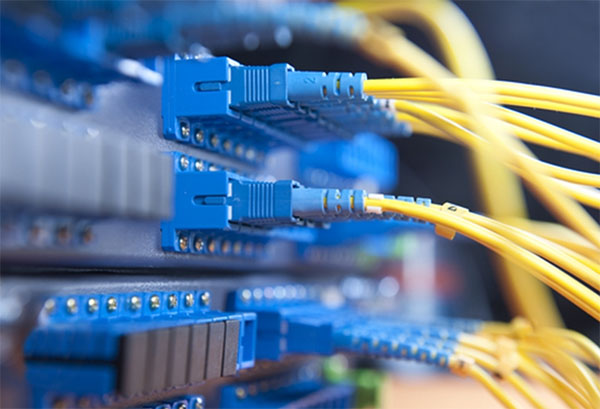Many of you have probably heard about the New Zealand government’s Ultra-Fast Broadband Initiative, which aims to connect 90 per cent of the nation’s businesses to a fibre-optic network by the end of the year.
In the past, internet service providers (ISPs) used copper wire to sanction data delivery, but fibre optic is establishing itself as material of choice. What is it about this technology that has prompted authorities to invest more than $2 billion to install it?
Copper vs fibre optic
Here’s the important thing to remember: fibre optic transmits data as light, while copper delivers information as electricity. As light travels exponentially faster than electricity, reason suggests that data will travel faster via fibre optic cables than it would through copper.
In regard to telecommunications and internet access, copper offers a few advantages over fibre optic. For instance, copper can deliver power to phones, surveillance cameras and other internet-connected devices without laying down additional cabling.
Copper’s disadvantages
Although copper’s generally cheaper than fibre because it’s already installed in most buildings, it isn’t without its problems.
Latency, for instance, is a common issue. In addition, businesses accessing internet services over copper wire may have to share bandwidth with other companies. Although you have your own local area connection (LAN), data must be transmitted through the building’s copper wire to get to your floor. If multiple floors are accessing internet at the same time, the copper wire becomes more stressed.
Why fibre?
Alternatively, the obvious benefit to using fibre optic over copper is that doing so provides higher bandwidth. According to a comparative analysis conducted by the International Journal of Technical Research and Applications, multimode fibre offers a bandwidth distance of 500 megahertz per kilometre, whereas copper can transmit 50 megahertz per kilometre.
Believe it or not, fibre optic strands are as thin as human hair, but can still carry data over long distances. This makes fibre ideal for companies that need symmetrical internet connections, which consist of equal upload and download speeds.
In addition to offering data transmission speeds ten times faster than copper, fibre optic cabling also:
- Weighs less
- Is non-flammable
- Has a 100-200 pound tension limit
- Resists corrosion
- Can last up to 30 years
The impact on business communications

Fibre optic is making headway in enterprise data centres.
Standard fibre optic cables are being designed to deliver signals of 10 gigabits per second. The University of Texas at Dallas maintained that this level of bandwidth is capable of supporting approximately 130,000 voice channels per second.
That means businesses using VoIP, cloud services and other internet-based technologies will benefit immensely from installing fibre cabling over copper. Speed isn’t the only factor to take into account, however.
One of the reasons why fibre optic provides greater reliability is because it can sustain longer distance signal transmissions with negligible disruptions. In contrast, electrical signals dissipate because they radiate energy into empty space. This issue worsens when more data is delivered over the wire.
To maintain consistency, particularly of voice data, single-line copper requires in-line signal repeaters. This means telecommunications providers need to maintain more equipment, which contributes to service costs.
Although a cost gap between the two exists, this threshold is decreasing as tech companies, ISPs and other parties invest more in developing fibre optic. The day in which fibre is deemed more affordable than copper is fast approaching.
